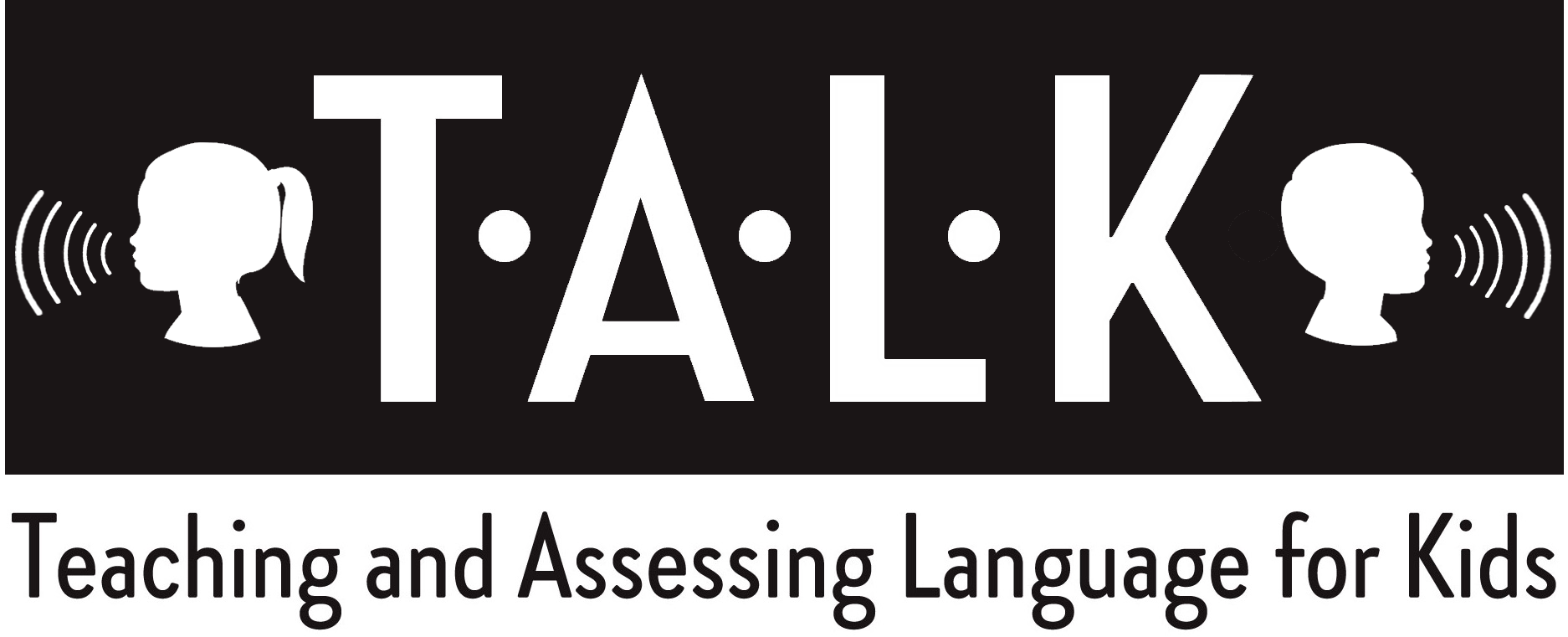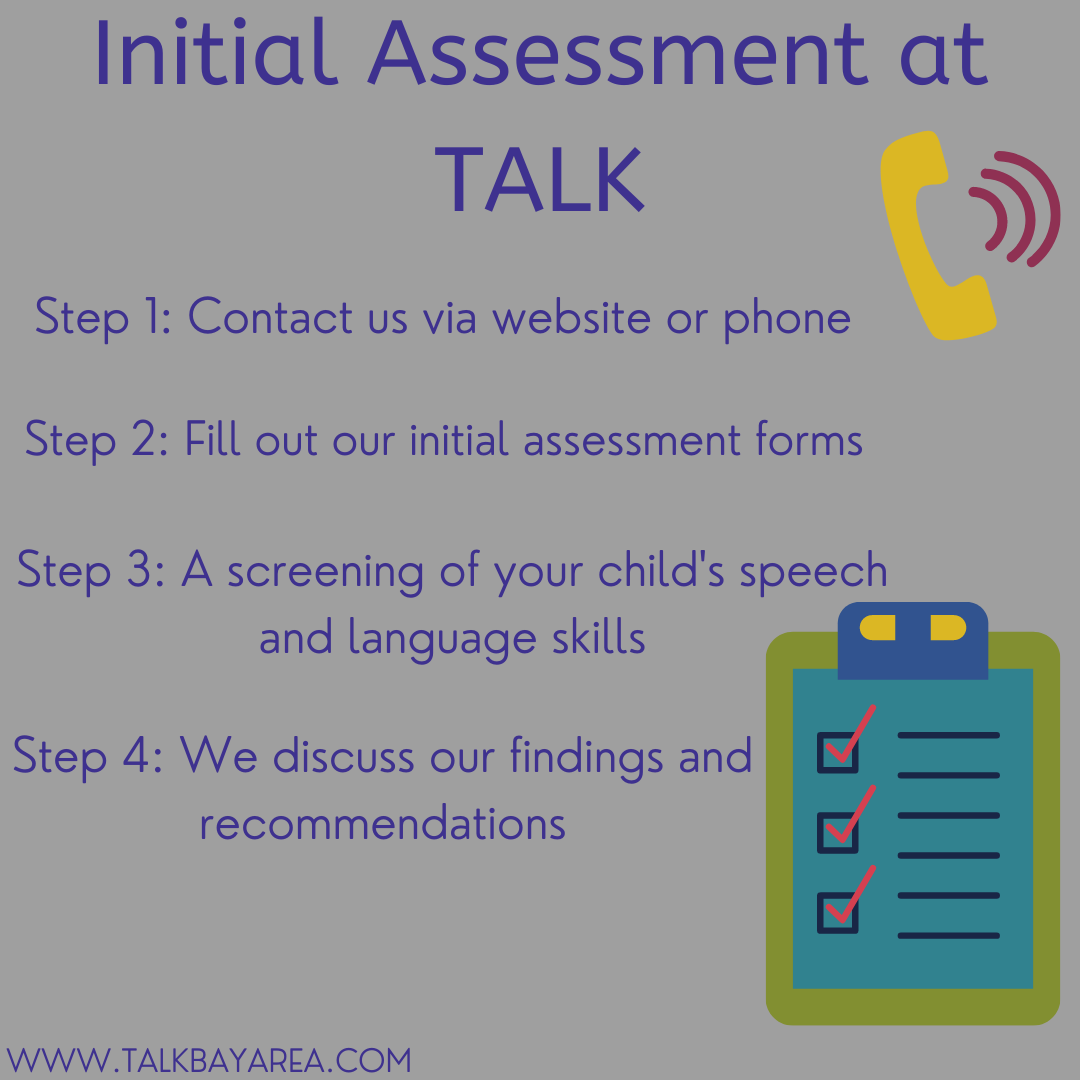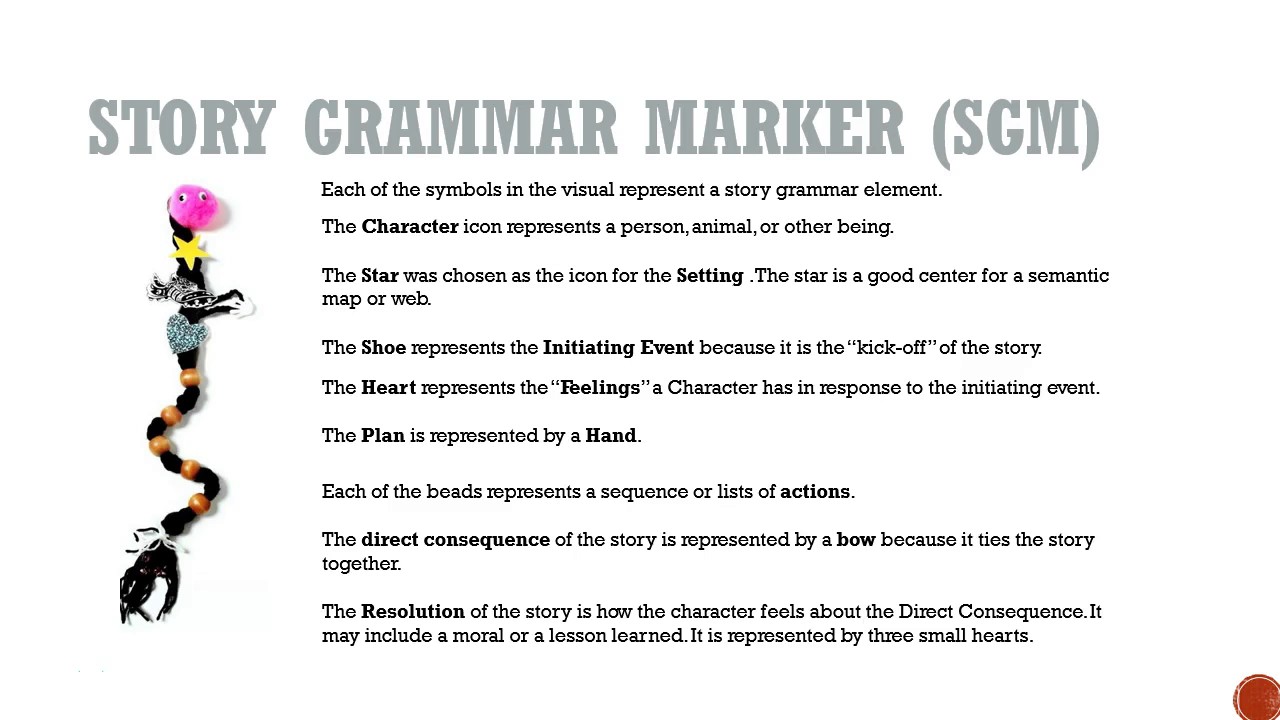As we celebrate Better Hearing and Speech Month, let’s share the different areas of speech and language that speech-language pathologists provide assessment and intervention for!
Language Delays and Disorders
○ Language delays and disorders are the most common developmental problem among preschool children! Child development research has shown that the first three years are critical for learning language.
○ Language Delays are characterized by a typical development sequence, but at a slower rate. Language Disorders are characterized by abnormal language development sequences.
Receptive and Expressive Language Deficits
○ A receptive language deficit is characterized by a child who has difficulty understanding what is said to them. The symptoms vary between individuals, but generally problems with language comprehension begin before the age of four years. Very often a child with receptive language deficits will have difficulty with memory. In most cases, the child with a receptive language problem also has an expressive language disorder, which means they have trouble using spoken language.
○ An expressive language disorder is characterized by having a limited vocabulary and use of concepts, difficulties with storytelling, and errors in grammar and syntax. It is a general language impairment that puts the child below level for their age. There may be a gap between their receptive understanding and their expressive knowledge, meaning they have more difficulty speaking and writing than the average individual their age and general developmental level.
Auditory Processing Disorder
○ Auditory processing is a term used to describe the process of your brain recognizing and interpreting the sounds around you. The "disorder" part of auditory processing disorder (CAPD) means that something is adversely affecting the processing or interpretation of the information. Children with CAPD often do not recognize subtle differences between sounds in words, even though the sounds themselves are loud and clear. These issues are more likely to occur when a person with CAPD is in a noisy environment or when he or she is listening to complex information.
Articulation Disorder
○ Articulation refers to the manner in which a child produces a sound and the placement of the articulators (tongue, lips, palate, jaw, and teeth). Articulation errors occur when a child attempts to produce a phoneme (a speech sound) with an incorrect placement, resulting in a distorted or completely different sound.
Phonological Disorder
○ Phonological processes are patterns used by children to simplify words as they are still developing. For example, a young child may call a "cat" a "tat." This actually allows children to express language earlier than their ability to produce the correct sounds. These processes are expected to fade as a child's ability to form the correct sounds improves. When these processes persist, we refer to them as phonology disorders.
Autism Spectrum Disorder
○ Autism is a developmental disability that often affects a person’s ability to communicate and socially interact with others. Autism is considered a spectrum disorder because the number and intensity of the symptoms people with autism display may vary widely; however, all people with autism demonstrate impairments in the following three areas: communication, social relationships, and restricted patterns of behavior. The spectrum ranges from those who are severely affected and dependent on others to those who are of above-average intelligence and independent, yet lacking in social communication skills.
Social Communication and Pragmatic Language Delays
○ Children with pragmatic difficulties often have trouble using language socially in ways that are appropriate or typical for children their age. They often do not understand that we take turns in a conversation; they will "talk over you" at times, or respond to what you say with inappropriate silences, or in a voice that is too quiet. Children with pragmatic difficulties may interrupt excessively and talk about things in which the listener shows no interest. Their communicative behavior often appears rude and inconsiderate. Children with social communication/pragmatic deficits may also have challenges with perspective-taking, social problem-solving skills, or difficulty understanding or using humor.
○ Children with social communication/pragmatic deficits may have difficulty playing with other children, turn-taking, flexibility in play, and parallel play. They may also have difficulties self advocating and problem solving during play.
○ TALK offers play and social groups for all ages!
Apraxia of Speech
○ Childhood Apraxia of Speech (CAS) is a deficit in the ability to plan the motor movements for speech and is considered an oral motor planning disorder. Children with CAS have difficulties transmitting their "speech message" from their brain to their mouths. Symptoms of CAS include consonant vowel distortions, distorted sound substitutions, inconsistent errors, and prosodic errors (prosody refers to pitch, rate, and rhythmic features of speech). Some other behaviors seen in CAS include oral groping, perseverative errors, and increasing errors as the length of utterance increases.
Oral Sensory and Feeding Disorders
○ Oral sensory or oral placement deficits may affect speech and/or feeding skills. Signs of oral placement deficits include: hypersensitivity, hyposensitivity, and excess saliva or drooling. Children with hypersensitivity are often resistant to textures of foods or brushing teeth. Children with hyposensitivity often seek out input by mouthing objects. Children with excess saliva or drooling may exhibit jaw, tongue or lip muscle weakness, or decreased sensory awareness that make saliva management difficult.
○ Oral Placement programs are designed to improve awareness, stability, movement, coordination and sequencing of articulators. Oral motor deficits, oral sensitivity, and motor coordination can also contribute to feeding disorders. All children have non-preferred foods, but when their pickiness begins to affect their health or their ability to eat a variety of foods, feeding therapy can be employed to increase the range of foods they will accept through a specific and sequential process that allows the children to explore different textures, tastes, and food types.
Voice Disorders
○ Voice disorders refer to a person's quality of voice such as breathy, hoarse, overly-loud, or harsh vocal patterns. The most common voice disorders in children are laryngitis, vocal cord lesions, poor speaking technique and vocal cord paralysis.
Fluency/Stuttering
○ Fluency is a communication disorder involving disruptions in the forward flow of speech. These speech disfluencies are moments when a child has difficulty "getting his words out." As a result, he/she may repeat parts of words (li-li-like this), stretch out sounds (llllike this), or experience a complete blockage of speech when no sound comes out at all (l---ike this).
Literacy and Writing Delays
○ Children who have problems with spoken or verbal language frequently experience difficulties learning to read and write, and children with reading and writing problems often experience difficulties using language to communicate, think and learn. Children who are not fluent readers by fourth grade are likely to continue struggling with reading into adulthood, making early identification and intervention of reading problems essential to a child’s success in both school and society. Spoken language provides the foundation for the development of reading and writing.
○ TALK offers reading and writing groups for preschoolers through middle school!
If you have concerns about your child’s speech and language development, call us at 650-344-9961 or Contact Us.










































